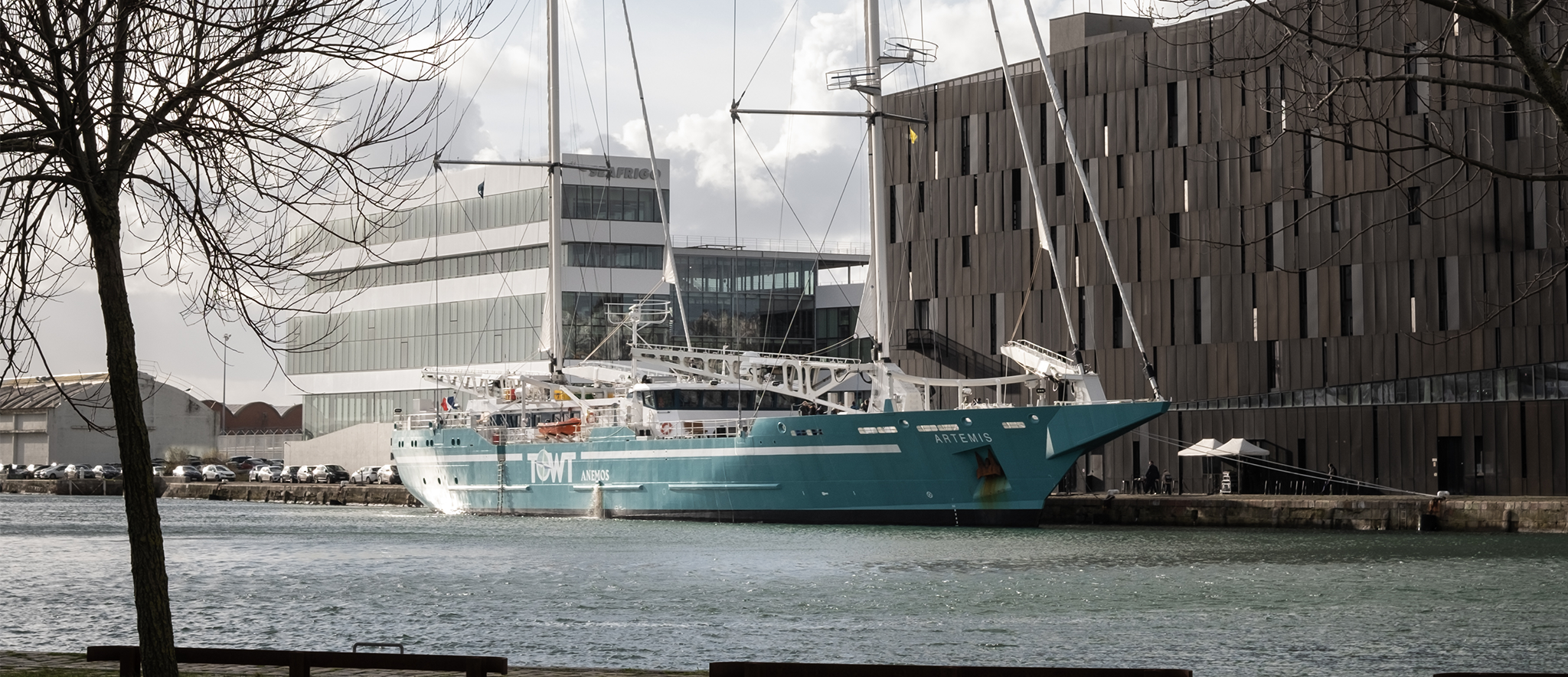A guide to coffee produced in Colombia. As the fourth largest country in South America, and the third largest coffee producer in the world, there’s no mistaking Colombia’s presence in not only scale, but also skill. The ‘Gateway to South America’ offers a landscape of contrasts; mountains, forests, coastlines, and micro-climates that work to produce some of the world’s most recognisable coffee.

From UNESCO status, to unique practices and a firm focus on a sustainable future, Colombia presents a coffee growing landscape like no other. Here we explore the country’s relatively young relationship with, yet deep commitment to, coffee. From clever marketing, to well-developed organisations that support and oversee the welfare of the country’s many producers, there’s a lot more to Colombia than many might realise.
HISTORY
It’s thought that Colombia’s introduction to coffee came with Dutch Jesuit missionaries in the 18th century. Planted in the mountainous northeast, coffee soon spread throughout the rest of the country as smallholder family farms saw the crop as a potential source of income. The country’s first export of coffee - 2,500lb - to the US in 1835 put Colombia firmly on the map, and the country’s export trade quickly grew, inspired by a new railway and the completion of neighbouring Panama’s canal. By the end of the 19th century, the country had cemented its position as one of the largest exporters of coffee in the world.
Around the beginning of the 20th century, the majority of production was in the hands of a few major producers who operated large farms, called haciendas, with the work mainly carried out by peasants, indigineous, and former slaves. In 1927 a group of prominent coffee producers from the Zona Cafetera (also known as the Eje Cafetero, or the Coffee Triangle), region got together to form the Federacion Nacional de Cafeteros de Colombia (FNC) with the aim to represent farmers in promoting and negotiating fair prices for the global sale of their coffee–but with the Great Depression in the 1920s and 30s, many haciendas went bankrupt. In an attempt to save coffee production, the government purchased these big farms and divided them up, selling them to workers who could plant other crops alongside coffee. Smart marketing campaigns, which included creating a fictional character, kept Colombia in the spotlight, with coffee from the country popular with international consumers.

Today, it’s thought that Colombia supplies around 12 percent of Arabica coffee to the world.
GROWING AND HARVESTING
Sitting close to the equator, Colombia’s diverse landscape provides optimal growing conditions, with most of the country’ coffee grown in shade. Home to five main coffee zones, with nineteen sub-regions, the country benefits from a temperate climate, as well as high altitudes, with some mountain ranges reaching over 2,000 masl. The cooler temperatures at high altitudes allow for the cherries to ripen slower, offering greater acidity, cleanness, and aroma. While varietals grown here produce a lower yield, they are less susceptible to pests, and coffee grown at high altitudes are normally the most sought after.
Thanks to the country’s scale of coffee producing regions, coffee is harvested throughout the year, with the main harvest taking place between October and February, peaking in November and December. A second harvest follows roughly six months after the first. This second crop is known as the Mitaco, possible due to the north to south orientation of the Cordillera Central (the highest of three branches of the Colombian Andes mountain range), along with the moist ocean air that rises from both the Pacific and the Caribbean.


Common varietals grown include Castillo; Caturra; Maragogype; Tabi; Typica; Bourbon; and Colombia. The Colombia varietal was developed from Caturra and Timor by Cenicafe (The National Coffee Research Centre, created by the FNC) in an effort to protect the country from leaf rust disease. Released in 1982, the productive and disease resistant varietal is credited with saving the country’s trade in the mid 80s. Some of the most well known regions for coffee production include Caldas, Risaralda, and Quindio, which are listed with UNESCO World Heritage status, commonly referred to as the Coffee Triangle, along with Tolima, Antioquia, Santander, and Cauca.
The vast majority of producers run small lots of land, and many of these are family owned. Most of these farms are represented by the FNC, who were made popular by the fictional coffee farmer, Juan Valdez, who featured in TV ads designed to promote the federation.
PROCESSING AND BREWING
While Colombia’s vision is firmly set on the future, with sustainable practices, and water and rainforest preservation central to their farming, producers have also proudly protected their heritage, too, with many farming traditions, unique to the country, still practiced. Traditionally, producers have opted for a fully washed process, but experimentation has become increasingly common as competition on the global market increases and, for many farmers, the focus has shifted from commodity to speciality coffee.
Smallholder farmers commonly spread the parchment across the flat roofs (known as elvas) of their houses to dry in the sun. Polytunnels and parabolic beds are used at farms sitting at high altitudes where colder weather is common; the parabolic beds protect from rain and mist, and prevent condensation. In Antioquia, drying drawers are used; these moveable drying screens sit under houses or storage sheds, and can be pulled out, and put away, protecting the cherries from changing weather.

With coffee grown throughout much of Colombia, drinkers can expect not only nuances in flavour depending on the varietal and the process, but also where in the country the coffee has grown. Coffee grown in the north is associated with deeper and earthier flavours, richer body, a medium acidity, and classic, well-loved tasting notes of nuts and chocolate. In central Colombia, coffee is balanced and fruity with herbal notes, while in southern Colombia, you can expect a smooth, high sweetness, medium body and pronounced acidity with citrus notes.
PREVIOUS COLOMBIA COFFEE RELEASES
El Cucho, (2015); Las Mingas; Villa Karina; San Fermin (2016);Buena Vista; El Vergel; Las Mingas; Piragua; Bucaramanga decaf; San Fermin; San Fermin (decaf), (2017); Serra Negra; Sao Joao; Trapia; San Fermin; Alvaro; El Porvenir; El Vergel; La Esperanza; La Primavera; Las Mingas; La Negrita (natural); La Negrita (fermented), (2018); Buena Vista; El Paraíso; El Tablon; El Vergel; Jairo & Yair; Primavera; San Fermin; M Shattah, (2019); Buena Vista; El Vergel (natural); El Vergel (washed); La Primavera; Los Girasoles, San Fermin; Veracruz; Mauricio Shattah, (2020); Santa Maria (decaf); Buena Vista; Diviso; El Progresso; Esperanza; La Lomita; Los Naranjos; Nogales; Oasis; Paradise; Santa Maria; Veracruz; Villarazo; San Fermin (2021); Tuberosa; Santa Maria; Buena Vista; El Obraje; San Fermin (2022)
[updated Aug 22]
--
View our current coffee portfolio and discover our latest Colombia release - here














